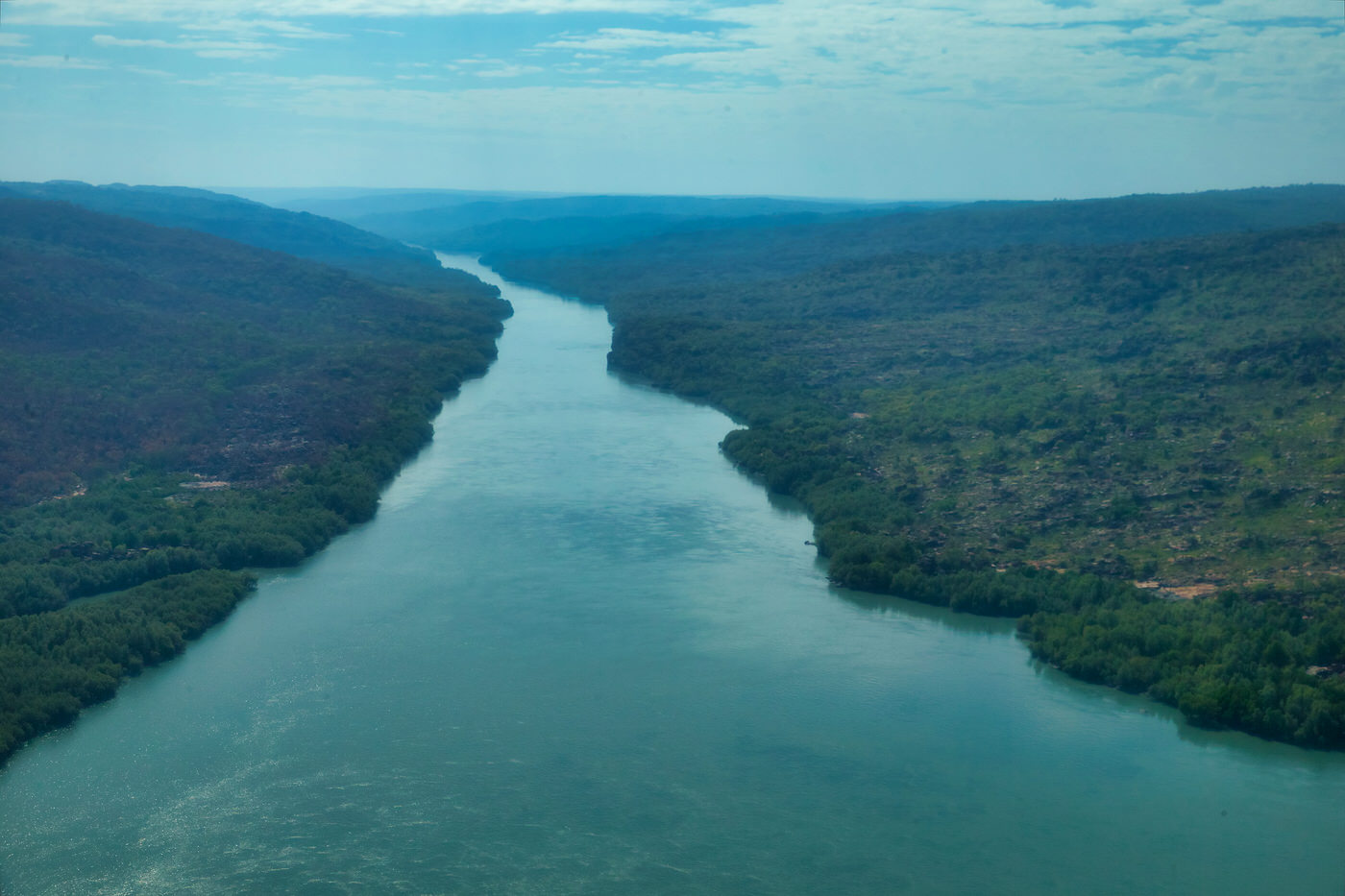A few days ago The Doc and his friend Steve visited Waulinbakh Wildlife Sanctuary at Stroud New South Wales. Our guides for the day were AWC staff Elly and Josh.
Steve’s main objective was locating live myxos in the field. We had success locating 5 or 6 species. The Doc located the first myxos, but they were of poor quality, but later he spotted a large fallen tree which turned out to be a myxo gold mine. Steve’s find on the rotting tree included a myxo that had only ever been reported in NSW twice before (one of those sightings was by Steve). It was Steve and Josh who did all the heavy myxo lifting.
We met with three other AWC staff that day on site, one of the land managers Matt and two senior staff on visit to the sanctuary.
Steve and The Doc brought along morning tea and lunch, after an early visit to the Buladelah Bakery. Small thank you gifts to the AWC staff were also given.
We stayed at the Lady Jane Motel in Buladelah for two nights as part of the trip, run by a hard working family. They are in the process of renovating the motel. The room The Doc had was great, but the newly refurbished rooms were amazing. It was a great stay.
The myxos found are still being photographed by Steve. Steve has a self published a book of myxos here.
A big thank to Australian Wildlife Conservancy and the owners for allowing us to visit. Here are some images from the visit. The Sony P&S camera struggled in the low light conditions.
































































































































































































You must be logged in to post a comment.